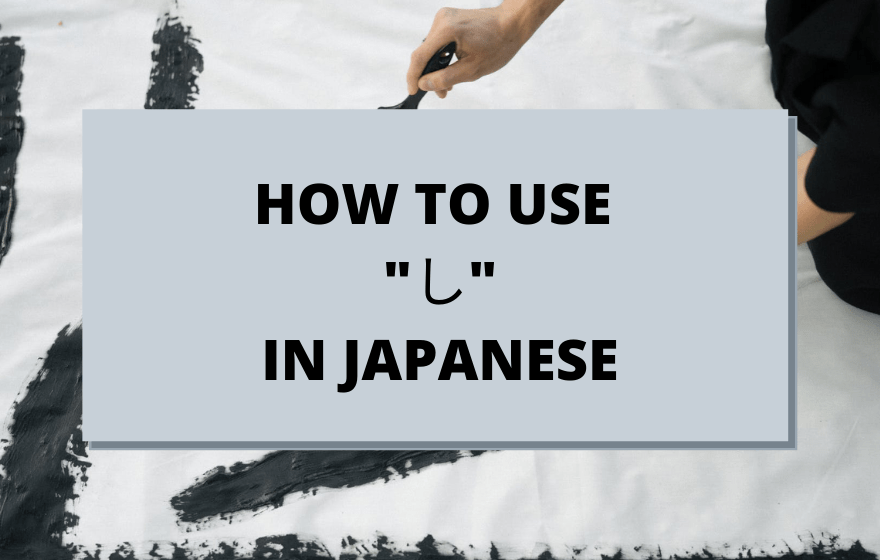Hi Guys, today we will be looking at Shi, which is a more informal way of saying ので。
Usually when we express a reason for doing something we use ‘から’, however there are times when we want to give reason for multiple things. In this case using ‘し’ is handy.
Reason + ‘し’, Reason + ‘し’, Reason + ‘し’,
The first way we can use it is when we want to say “and” in japanese. When you are using multiple verbs, ie: multiple things being done at one time, nouns or adjectives you can conjugate the sentences by the use of し .
It important to know that we can use just one し ( = shi ) or multiple し ( = shi ) in one sentence, to connect the sentences together.
when using multiple し (shi) we can replace the last with から( = kara) or ので ( = node) respectively.
1. Use as ‘and’
example:
東京では秋葉原に行ったし、原宿にも行った。
Toukyou dewa Akihabara ni ittashi, Harajuku nimo itta.
I went to Akihabara and Harajuku as well.
ラーメンは簡単にできるし、安いし美味しい。
Ramen wa kantan ni dekirushi, yasuishi oishii.
Ramen is easy to cook, cheap and delicious. (also there are some other good quality of ramen.)
2. Add two things together to show contrast
For example stating that you will do something because of something is happening. Its raining so I will go home now:
雨が降っているし、もう帰ります。
Ame ga futte irushi, mou kaerimasu.
3. Giving a conclusion for why something is happening
For example in this sentence your friend ask whether you will be travelling abroad this summer and you answer him, that you are not planning to travel since you have no money. Ex. お金はないし、暇もないし、この夏は旅行に行くのはやめよう。( Okane wa naishi, hima mo nai shi, kono natsu wa ryokou ni iku no wa yameyou.)
= I don’t have money, and I don’t have a time… so I am not going anywhere this summer.
Important note!
し ( shi) usually follows short form systems, and so sentences containing Na- adjectives or nouns are followed by – だし
好きだし
学生だし
私わロレンスさんだし!
